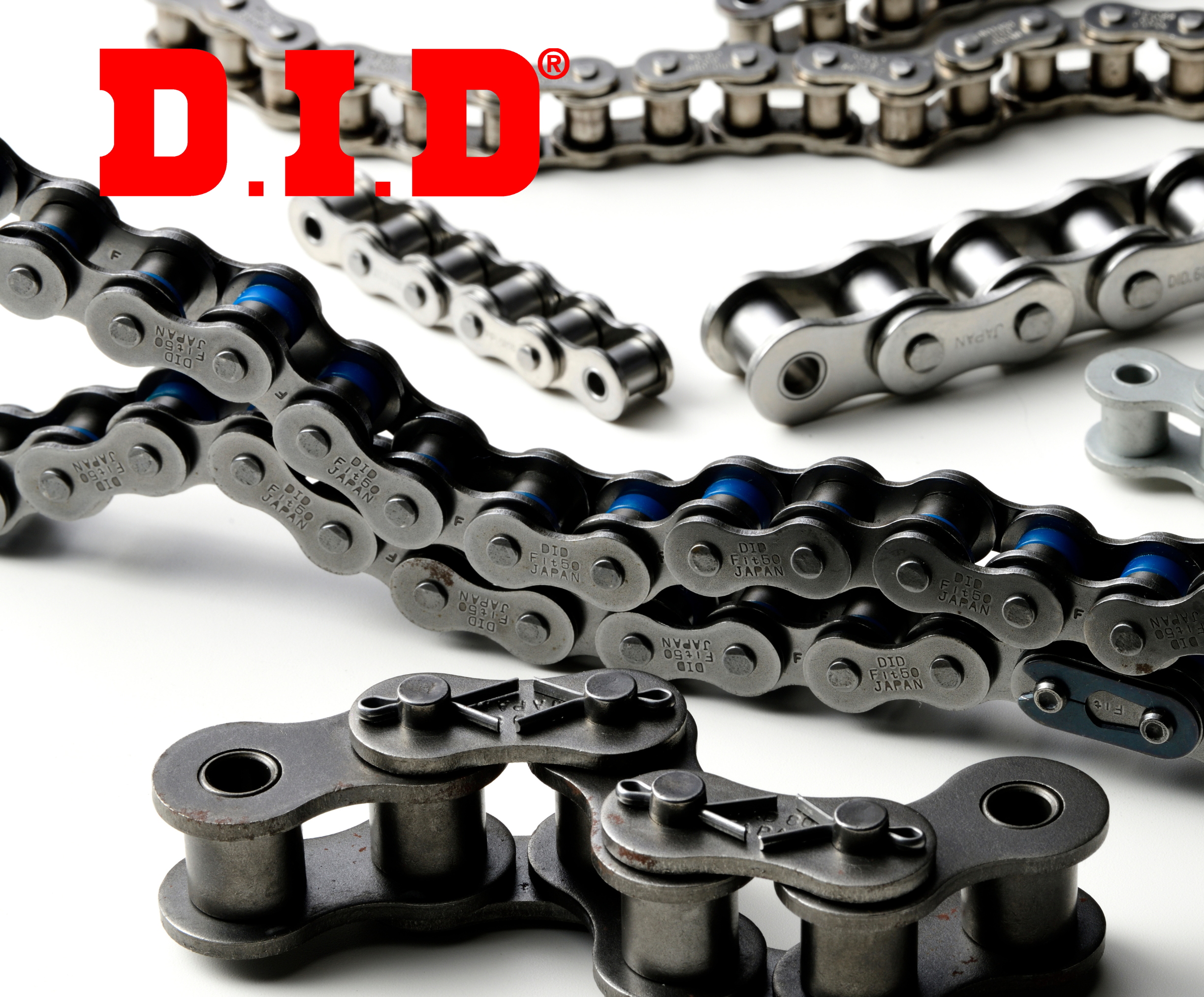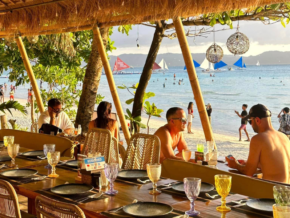TIEZA’s new tourism model promises competitive, inclusive growth through tourism
There has never been a better time to invest in Philippine tourism than today, thanks to the Tourism Infrastructure and Enterprise Zone Authority’s (TIEZA) new model for improving the country’s tourism.
The Tourism Enterprise Zone (TEZ) promises a much more competitive and inclusive tourism industry by opening up other areas of the country as tourist destinations. But what exactly is a TEZ, and how will it help beef up the country’s tourism industry?
Too many tourists, too few choices
The Philippines consists of over 7,000 islands, yet only two islands/island groups in the country garner more visits than the rest: Boracay and Palawan. These two are always on Conde Nast Traveler’s top islands to visit, with Cebu popping into the list every now and then.
While these islands’ status has helped our country’s economic growth over the past two years, it’s no secret that Boracay, Palawan, and Cebu are becoming more and more crowded. Even Bohol, one of the country’s more recent beach destinations, becomes crowded at certain times of the year.
This kind of influx may be good for the short term, but it will hurt the destinations themselves in the long run. We can wait for the next Boracay or Palawan to spring up, or we can lend our country a hand and develop a new destination ourselves.
This is where TEZs come in.
What is a TEZ?

A PARADIGM SHIFT. TEZs might be the push our tourism industry needs to put our country on top of the global tourism map. In photo, from left to right: TIEZA COO Atty. Guiller B. Asido, ACOO for Tourism Enterprise Zone Management Atty. Joy Bulauitan, and TEZ Assistance and Monitoring Department Manager Hernando A. Enal.
TEZs are the Philippine government’s way of reaching out to the private sector to invest in our country’s tourism industry. A part of the National Tourism Development Plan for 2016 – 2022, it’s similar to the Philippine Economic Zone Authority’s Economic Zones, except it’s geared towards tourism.
The end-goal is to accelerate the development of the next Boracay and Palawan by stimulating investments and giving operators the elbow room they need for rapid expansion.
TIEZA is the sole entity with the authority to designate a TEZ. TIEZA defines a TEZ as “a tract of land with defined boundaries, master planned for development into an integrated tourism complex with prescribed carrying capacities, to host tourism enterprise facilities and services within.”
To qualify as a TEZ, a geographical area must meet the following requirements:
- The area is capable of being defined into one contiguous territory.
- It has historical and cultural significance, environmental beauty, or existing or potential integrated leisure facilities within its bounds or within reasonable distances from it.
- It has, or may have, strategic access through transportation infrastructure, and reasonable connection with utilities infrastructure systems.
- It must have at least 5 hectares and be sufficient in size such that it may be further utilized for bringing in new investments in tourism establishments and services.
- It is in a strategic location such as to stimulate the sustainable socio-economic development of neighboring communities.
- The area must be situated where controls can easily be established to curtail illegal activities as per Section 65 of the National Tourism Act of 2009.
To date, TIEZA has already designated six private areas as TEZs, including Resorts World Manila in Pasay City, Queen’s Castle in Cebu, and Davao’s Hijo Plantation (Tagum) and Kingdom Global City. Their focus, however, will be on their six flagship TEZs, areas which TIEZA has master-planned and should be completed within the term of the Duterte administration.
Five out of the six slots have been filled up as of their press conference held yesterday at Club Intramuros: San Vicente Long Beach in Palawan, the Rizal Park Complex, Mt. Samat Shrine in Bataan, Surigao Del Norte’s Bucas Grande, and Panglao Bay Premier in Bohol.
According to TIEZA’s Chief Operating Officer Atty. Guiller B. Asido, master plans for San Vicente have already been implemented, with private investors merely waiting for the completion of the airport, which he expects to be opened by the end of March 2017.
“The Rizal Park Complex has also been bidded out, and preparations are under way for the other flagship TEZs,” Asido added.
When asked about the sixth flagship TEZ, Atty. Joy Bulauitan, TIEZA’S Assistant Chief Operating Officer for Tourism Enterprise Zone Management, said they already have identified potential TEZs but did not disclose which parts of the country were short-listed to be one of their flagship TEZs.
“This, however, does not guarantee that the identified areas will become TEZs. The process to be designated as a TEZ takes roughly 1 year to complete, which includes having a master plan for the identified area,” she added.
Incentives for investors
While the TEZ model has been in place since 2009, it was only fully implemented in 2016 after the Bureau of Internal Revenue released the Revenue Regulations for TEZs.
Under the regulations, TIEZA may grant the following fiscal incentives:
- Six-year income tax holiday that may be extended for another six years
- 5% preferential tax on gross income instead of paying national taxes (except real property tax and TIEZA fees)
- A net operating loss carry over (NOLCO) scheme
- Import tax exemptions for the following, provided they are TIEZA-registered activities:
- Capital goods and equipment
- Transport equipment and spare parts
- Value-added tax (VAT) and excise tax exemption for goods imported by TIEZA-registered activities
- Tax credit equivalent to taxes paid on locally sourced goods
- Tax deduction equal to 50% of cost of environmental protection, cultural heritage preservation activities, and sustainable livelihood programs of registered tourism enterprises (RTEs).
TIEZA may also grant the following non-fiscal incentives specifically for foreign investors:
- Issuance of visas for the employment of foreign nationals without having to go to the Bureau of Immigration
- Issuance of a Special Investor’s Resident Visa
- Lease of land for up to 75 years (50 years initial with possibility of extending for another 25 years)
TIEZA also plans to put up a one-stop shop to assist investors in getting all the necessary government documents and permits to be involved in any of their TEZs, which includes issuing the necessary visas for foreign investors.
For more information on TIEZA and the TEZ model, as well as access to the master plans for the flagship TEZs, please visit tieza.gov.ph. For inquiries, you can call TIEZA’s TEZ Management Sector at 02-551-9556 or tez.secretariat@gmail.com.













